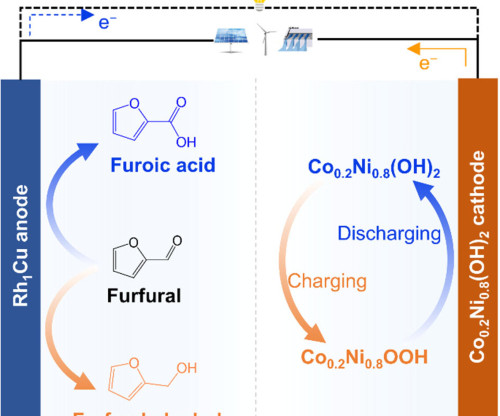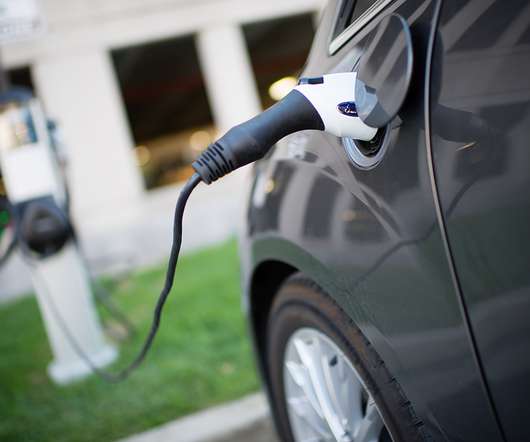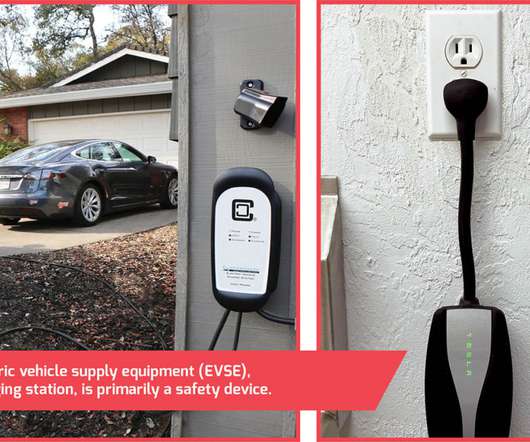Navy researchers boost performance of Ni-Zn cells commensurate with Li-ion; safer alternative
Green Car Congress
APRIL 28, 2017
With 3-D Zn, the battery provides an energy content and rechargeability that rival lithium-ion batteries while avoiding the safety issues that continue to plague lithium. The long-standing limitation that has prevented implementing Zn in next-generation batteries lies in its poor rechargeability due to dendrite formation.
























Let's personalize your content